Newswise — At Biodiversity Research Institute, our passion drives us to explore diverse projects across continents—from monitoring mercury levels to studying offshore wind development and tracking waterfowl movement. Yet, communicating our research extends beyond scientific journals, challenging us to make these insights not just accessible but also captivating to a wider audience.
While peer-reviewed journals serve their purpose within the scientific community, they often miss engaging those outside our realm. This leads to a fundamental question: How do we bridge this gap? How can we ensure that our research resonates with people, sparks their curiosity, and motivates action?
For us, science communication isn’t a mere process—it’s a commitment to engage nonscientists with our scientific endeavors. It’s about conveying complex concepts effectively, embracing objectivity, transparency, and empathy.
At BRI our communication team possesses diverse skills, from writing and publishing to graphic design, all vital for effective science communication. Clear, accurate writing certainly remains a central facet, but visual mediums wield incredible power. Sharing images helps people feel more connected to what’s going on, gives a clearer vision of the work that’s being done, and enhances the relatability of the science to something that the audience cares about.
Creativity and innovation are necessary to figure out the best practices to share this information. In the past 50 years, the landscape of communication has evolved tremendously. From traditional print media and radio to the dynamic realm of social media, podcasts, and interactive platforms, the ways we share information have expanded exponentially.
When sharing science, we must put ourselves in our audiences’ shoes. Many people have never banded loons nor have any idea of what that process entails. Narratives hold immense power in science communication. Consider a story of scientists paddling through mist-covered waters, navigating toward a loon’s nest. The team, armed with equipment and a deep reverence for nature, silently move toward the loon’s nesting area. With steady hands, they extend a gentle gesture, coaxing the loon away from its nest just for a fleeting moment. With utmost care, they gently place a metal band around the loon’s leg, witnessing its quiet return to its haven, undisturbed by the process—a poignant snapshot of our dedication to research and respect for wildlife.
Science communication also helps to inform decision making, which can have significant impacts to society. By providing policymakers with actionable information, we are able to better protect our environment. BRI’s continued contributions to the Minamata Convention on Mercury are clear examples of this. Recently, at the fifth meeting of the Conference of Parties to the Minamata Convention, BRI showcased key highlights of our work through a special issue about Mercury in the Global Environment. This special issue features a synthesis of studies about mercury monitoring, providing the information in a digestible format.
Moving forward, Anne Roe’s quote resonates deeply: “Nothing in science has any value to society if it is not communicated.” We understand that the intrinsic value of our discoveries lies in their translation—bridging the gap between knowledge and action, insights, and impact.
To see more BRI publications, visit: https://briwildlife.org/science-communications-library/
More stories on https://briwildlife.org/bri-blog/.
MEDIA CONTACT
Register for reporter access to contact detailsArticle Multimedia
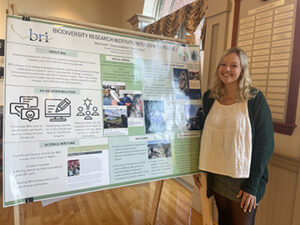
Credit:
Caption:
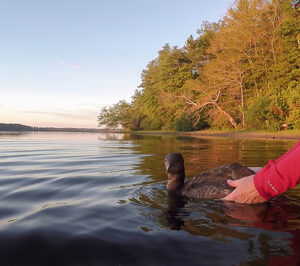
Credit:
Caption:
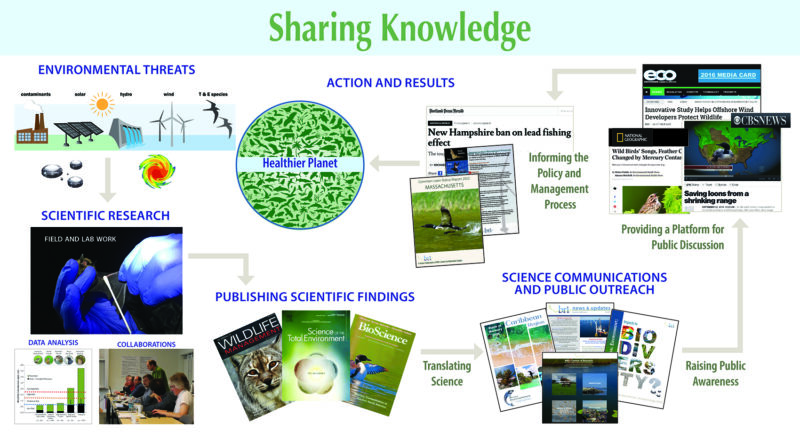
Credit:
Caption: Communicating our science to a wide audience is ultimately about translating complex scientific findings and sharing the knowledge gained from collaborative research and analysis.

Credit:
Caption: This graphic shows the differences between Common Loons that breed in different regions of North America.
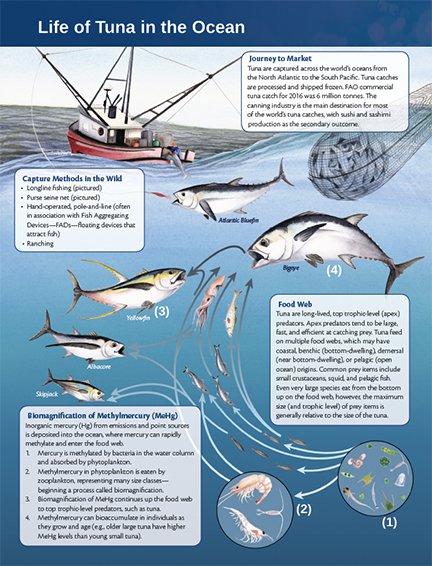
Credit:
Caption: A popular food source around the world, tuna are important as bioindicators for mercury. This infographic shows why studying mercury in these fish are critical to human health.
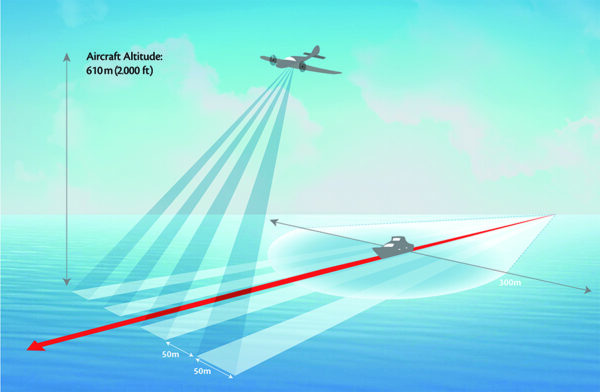
Credit:
Caption: To understand the effectiveness of digital video aerial surveys, and the specific challenges faced in employing the technique in North America, we experimentally compared results from simultaneous boat and digital video aerial surveys off. This infographic shows how this study was conducted.
